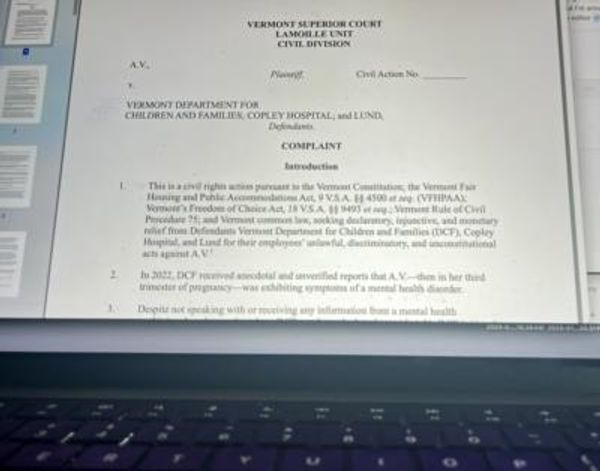
A “mysterious” new recreational drug has been detected in Australia, picked up in the nation’s first pill testing site in Canberra.
It’s been described as “mysterious” and “really weird” by researchers for its unique chemical composition. They’ve called it “CanKet” — short for Canberra ketamine, due to its similarities with the tranquilliser ketamine. Since the pandemic, Australia has seen a surge in new illicit drugs entering the market as the nation’s appetite for substances changes. Like most drugs, CanKet was probably imported.
Canberra houses Australia’s first fixed-site drug testing clinic, CanTEST, which opened in July as part of a six-month pilot.
What is CanKet?
CanKet differs only slightly from regular ketamine, CanTEST researcher and ANU Associate Professor in chemistry Malcolm McLeod said, but those small differences can have a big impact. Ketamine consists of a chlorophenyl and methylamino group but CanKet contains fluorine. While there are often variations in drug samples, CanKet’s make-up was significant enough to warrant a community notification.
“You can have really dramatic changes in the effects of drugs based on small changes in structure. That’s why this is of concern,” he said, pointing to amphetamine, known as speed. When a methoxy group is added to speed, it becomes PMA, which has been linked to a substantial number of deaths and hospitalisations worldwide.
McLeod said this was the first time it had been detected in Australia, although it was first detected internationally in a forensic lab in China. It was likely it had been made specifically for recreational use — as opposed to siphoned off from labs making ketamine for clinical or veterinary purposes — and was likely to have been imported from China, India or Myanmar.
He said roughly five samples of CanKet had been tested. Although a few people had spoken about their experiences on the drug via the site’s follow-up evaluation — saying the drug produced a “different” effect to regular street ketamine — their experiences weren’t consistent and conclusions couldn’t be drawn. No one is known to have died or been hospitalised so far.
“The problem with a relatively new substance like this is that we just don’t know what the effects might be — especially the long-term effects,” he said.
In its first month of operation, CanTEST analysed 58 samples, ranging from cocaine and MDMA to “more exotic” drugs including psychedelic drug 2C-B and the cosmonaut-calming drug phenibut. During its second month, 98 samples were analysed, finding that 40% of cocaine samples didn’t even contain cocaine.
A rise in new illicit substances
For the past few years, drug use in Australia overall had been trending downwards. The 2019 National Drug Strategy Household Survey found younger generations were less likely to smoke, drink and use illicit or use pharmaceutical drugs for recreational purposes (although cocaine use increased year-on-year from 2015).
There are no clear trends in drug use across the pandemic. While the methylamphetamine and MDMA markets were affected by border closures causing a drop in use, the use of sedatives, cannabis, ketamine and hallucinogens yo-yoed. Other studies found Australians reported increased use of amphetamines and sedatives.
But head of forensic scientific services and chief toxicologist at the Victorian Institute of Forensic Medicine Dr Dimitri Gerostamoulos said one clear trend he’d noticed was an increase in synthetic drugs. His team is part of the Emerging Drugs Network of Australia which analyses blood samples in hospital emergency departments.
“We’ve seen an increase in novel psychoactive substances and synthetic cannabinoid type drugs over the last the years of the pandemic,” he said. “We’ve also seen an increase in synthetic benzodiazepines — these are sedatives or tranquillisers that are thought to mimic things like [Valium].”
But the knock-off drugs often don’t have the same effect as the pharmaceutical ones, and can be “more agitating” than sedating, he said. Fortunately, Australia hasn’t seen a rise in fentanyl derivatives, as seen across the US opioid crisis.
Seizures growing, but monitoring is difficult
Australian Federal Police drug seizures increased by 113% between 2018 and 2020, with the largest heroin shipment of 450 kilograms this time last year.
But Gerostamoulos said detecting drugs was getting harder. Synthetic drugs first became popular in the early 2000s and 2010s but since then they’ve been replaced with much more potent variations.
“Drugs can be delivered in very small packages and envelopes to people’s homes because of the potency … You don’t need a lot of the drug to actually give you a pharmacological effect,” he said.







